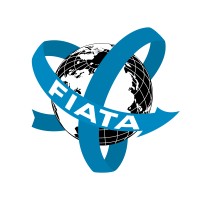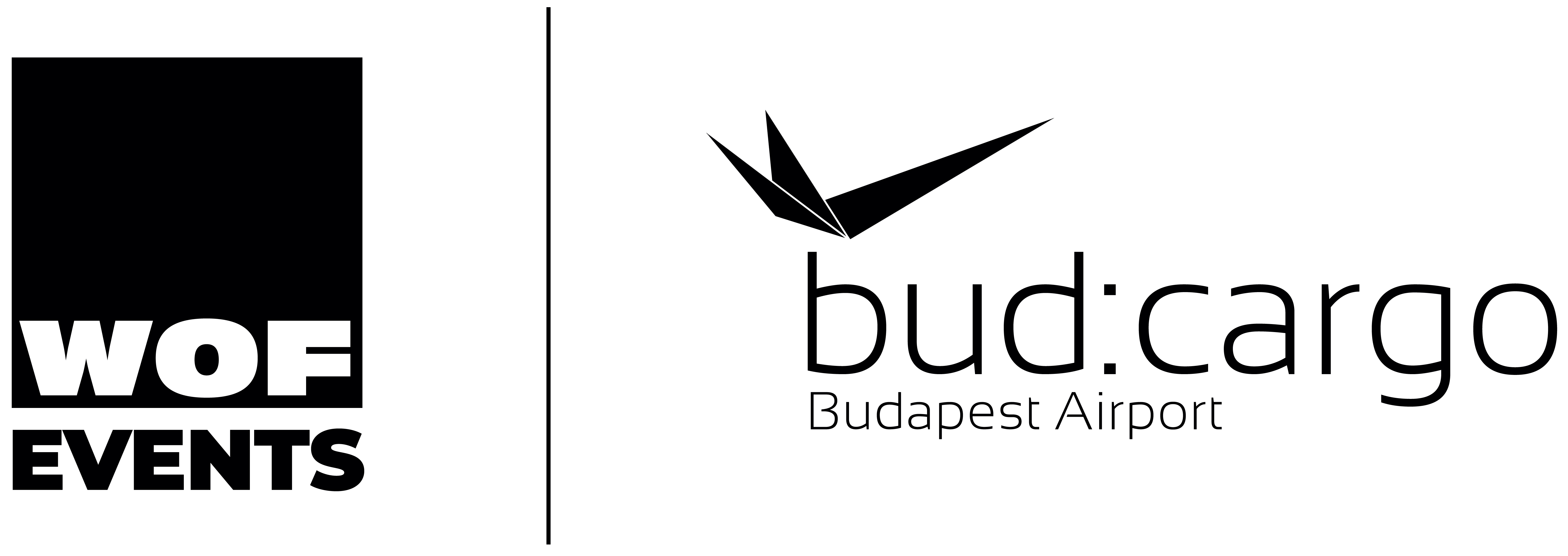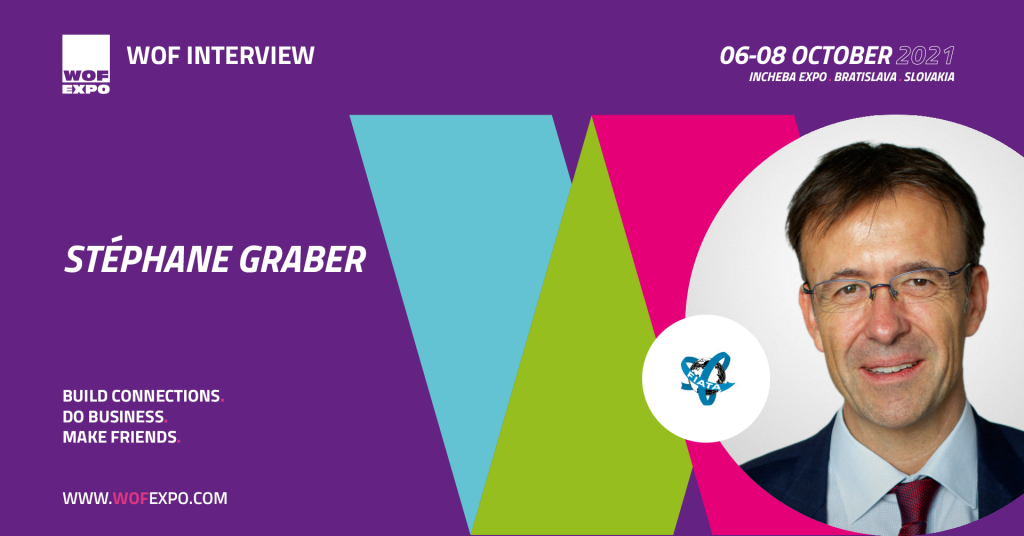Interview with STÉPHANE GRABER
| Dr Stéphane Graber is Director General at FIATA International Federation of Freight Forwarders Associations. Before joining FIATA, Dr Graber was Secretary General at STSA (Swiss Trading and Shipping Association), the national trade association for commodity trading, shipping industry and trade finance in Switzerland. He was also Chair and CEO at eGTSA, a company that successfully developed a digital communication platform for commodity trading companies and commodity trade-financing banks (TRAFEC). Dr Graber has previously worked at the Economic Department of the Republic and Canton of Geneva and was President of the Geneva Chapter of the Swiss-Chinese Chamber of Commerce and a member of its Executive Committee in Zurich. He was also an entrepreneur for several years before holding these positions. Dr Graber obtained a PhD in Business Administration at HEC – the University of Geneva in 2005 and taught marketing in different executive education programmes at the universities of Geneva and Lausanne for nearly 20 years. He was Vice-President of the Swiss Research Institute on Commodities (SRIC) and Academic Director of the DAS in Commodity Trading. |
1. Supply chain digitization is, without a doubt, an enormous challenge. And cooperation among the stakeholders is essential. FIATA represents freight forwarders and their concerns through projects focused on digitalization. Tell us more about those projects and FIATA’s ambitious digital strategy. This year, we launched the FIATA digital strategy to help freight forwarders transition toward standardized digitization. That will enable data availability and exchange while keeping control of the data. Our digital strategy promotes a freight-forwarders trusted network, sharing and distributing standards (such as the FIATA Bill of Lading), and fosters interoperability and data analysis. We already started working on two initial projects. First, a registry of FIATA members’ digital identities which will be made available to customers and partners online and through TMSs. This registry is the first step to enter the digital world by certifying the identity of freight forwarders and ensuring they fulfil the requirements to benefit from the different solutions provided by the digital strategy. Second, a digital standard template library which will address the current challenge of controlling the distribution and multiplication of electronic versions of trade documents. The template library will make standard FIATA documents easily available to freight forwarders through their everyday tools (TMS and other platforms) in a controlled manner. For more information on our digital strategy and projects, visit our website and watch the short video updates. 2. How do you cope with the rapid transformation brought about by digitization and, in particular, the use of business 4.0 tools and technologies? For freight forwarders, it’s not so much about the technologies themselves – or the use of business 4.0 tools – but rather, the efficiency and optimization of the supply chain and how the digital solution helps to achieve this goal. It’s about embracing the use of technology as a tool for optimizing their operations to create more value for customers. What makes FIATA unique is that it is a multimodal organization, and it has a diverse membership. Therefore, its approach must be smart and open to various solutions to tackle today’s challenges. That’s why we have integrated TMS and the other partners of the supply chain in our digital strategy. We need to rely on systems that are interoperable so that they adapt globally to the diversity of our members. 3. What innovations have you successfully implemented in your organization? The biggest innovation we have successfully implemented this year is what we call our ‘reset programme.’ This is an organization-wide initiative to reshape FIATA and reenergize the way we conduct business, this way ensuring long-lasting relevance for forwarder networks and all supply chain stakeholders. FIATA relocated in the middle of a pandemic from Zurich to Geneva to join other international actors in global discussions on trade and logistics. As FIATA approaches the 100-year milestone, six key objectives have been identified: to restructure the headquarters, increase advocacy, enhance training, leverage member opportunities, protect intellectual property, and engage younger professionals. While the reset programme is a process, we are now well on our way to accomplishing our goals. We have introduced a more modern organizational structure with relevant business units and younger staff with competent skills to carry out the work. We also created a dedicated logistics institute to centralize all training and education activities under one umbrella. We developed and are implementing our digital strategy and established clear expertise for intellectual property works. And we have modernized our communication tools to be attractive to a younger generation of freight forwarders. 4. What is the impact of Covid19 on the organization, and how is the readjustment for further development? COVID-19 will definitely help trigger the change we want to achieve, for example, in terms of digitalization, and will facilitate adaptation to the new environment. Many issues were already present before COVID-19. The change factor has just been accelerated and is now more visible given the current situation. There is a need to reassess how international freight forwarders can continue to create value in the supply chain. Traditionally, they have focused on arranging transport and documentation preparation. However, new business models – and moving environments – require a change from the traditional service delivery to a value-adding service. More than ever, our industry and the SMEs in this industry are under pressure to continue to operate and make the supply chain work. They need FIATA’s support to lead them to achieve these goals and address the global challenges of the industry. We need to continue providing guidance, best practices, tools and visibility to our members to help them be better equipped to operate at the national level. 5. What is your opinion about positioning WOF EXPO in the Central and Eastern Europe region? FIATA has a global presence in some 150 countries, split into four FIATA Regions: Africa and the Middle East, Americas, Asia-Pacific, and Europe. For FIATA, it is important to stay in close contact with our members and their markets to ensure that the support we provide remains relevant and helps them face business challenges. That’s why events like WOF EXPO are useful. |
 | FIATA International Federation of Freight Forwarders Associations is a nongovernmental, membership-based organization representing freight forwarders in some 150 countries. FIATA’s membership is composed of 109 Associations Members and more than 5,500 Individual Members, overall representing an industry of 40,000 freight forwarding and logistics firms worldwide. FIATA is a reference source on international policies and regulations governing the freight forwarding and logistics industry. FIATA works at the international level to represent service providers who operate in trade logistics and supply chain management. Through its FIATA documents and forms, congress, training and publications, it promotes trade facilitation and best practices among the freight forwarding community. https://fiata.com/ |

